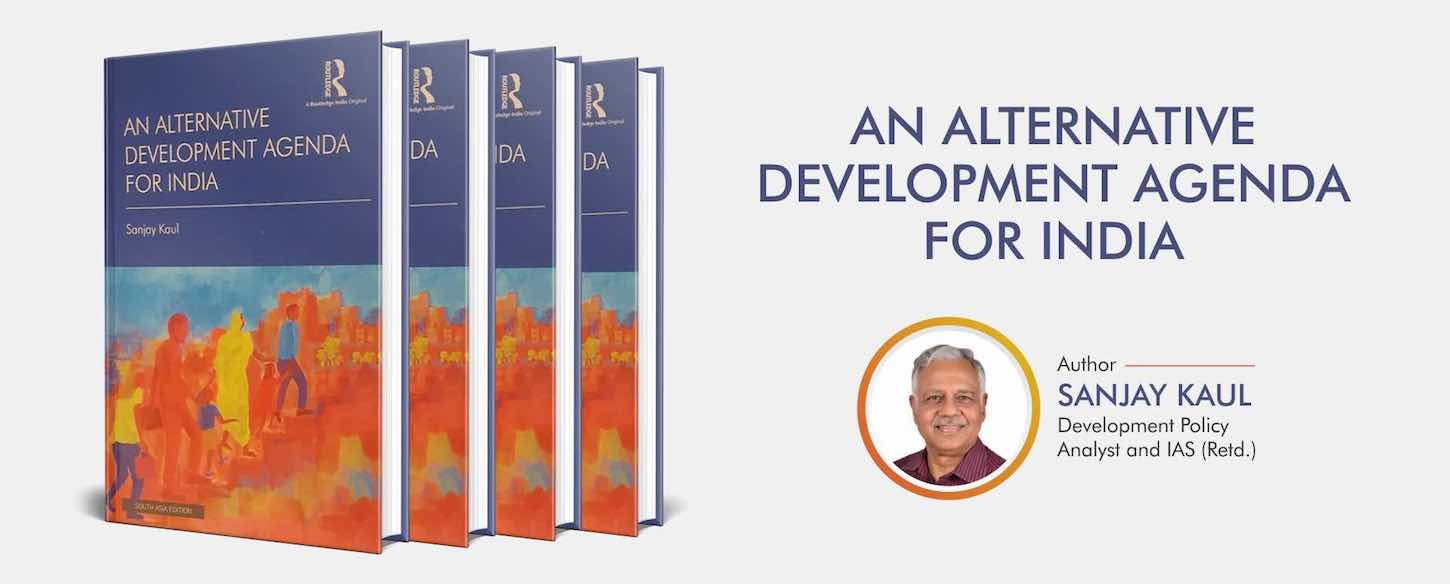
It is a well-known fact that in India, government policies have focused on access to education rather than quality. As a result, students’ learning outcomes are dismal. However, it is not just the government who is responsible for this situation. The poor learning outcomes might be due to the economic and cultural conditions of the parents, lack of awareness regarding proper enrolment, health outcomes, and other social factors. Not only the students and their poor families, teachers are also responsible for these abysmal learning outcomes. Poor teaching and training modules and limited roles and responsibilities in schools are some of the factors hinged on the teachers.
Another well-known fact about education in India is that enrolment in private schools is increasing. According to the official data by the Government of India, the enrolment in private schools is at 8.82 crore crore during the year of 2021-22. However, Sanjay Kaul, a development policy analyst, a former IAS officer, and corporate leader in his book “An Alternative Development Agenda for India” asserts that irrespective of the type of school enrolment and pedagogy, children are not adequately educated (p 85). Education is not enough for the empowerment of the young population. They must also be empowered physically and mentally in terms of nutrition and healthcare. This is the fundamental requirement for early childhood development.
India ranks 114 out of 132 countries in stunting prevalence. Of the total child population of India, 35.5% of them are stunted, 19.3% are wasted, and 32.1% are underweight. Under these circumstances, providing basic healthcare and nutrition must be given priority along with education.
Issues Identified by Sanjay Kaul
1. Low budget allocation by the state and central governments
2. No strategies to transform the education
3. Improve learning outcomes of the students
4. Early childhood care and education
5. Other issues: teacher transfers, language, private schools
6. Lack of early childhood care and development awareness among parents
7. Lack of necessary planning and infrastructure which holistically carries forward the development from childhood to adulthood
How do we Address these Issues?
Early Childhood Care and Development
The strategies recommended in the book will have to be implemented in their entirety to address the lacunae in the services and ensure the needs and entitlements of young children. To achieve this, budgetary outlays for (Early Childhood Development) ECD must be enhanced manyfold. However, as child indicators show wide variance across and within states, central outlays must prioritise states and districts that are the worst-off. Budget enhancements would have to include the additional expenditure towards increased remuneration to Anganwadi workers based on full-time roles; allocations for the rollout of the ECCE component in the ICDS; provision for crèches and day care services; enhanced outlays for education and awareness; and training and strengthening of POSHAN Abhiyan.
It needs to be reiterated that the ecosystem around the child requires a multi-sectoral approach. Well-designed and adequately funded health and nutrition strategies are the foundation of a child-centred approach. We have also noted the vital importance of education and the awareness of parents, requiring the universalization of quality school education. Equally, households also need secure livelihoods and jobs to nurture and care for their children. Similarly, there is a need to address gender discrimination against both the girl child and mother. Further, with increased migration and urbanisation, the quality of urban life must improve to enable families to have a better environment for their children to grow.
Way Forward for School Education
Private schools appear to be better equipped in providing quality education. However, they are not performing at an expected level when compared to the government schools when there is a level playing field. In order to encourage private schools, the government should allow them flexibility in its operations, fees, and salaries. In private schools, the school administration along with parents should decide the tuition fee and teacher salaries. It is also noted that in Andhra Pradesh and Rajasthan, 90% of the elementary school budgets are utilised to pay salaries. This shows the perception that well-paid teachers are enough to impart education. This approach neglects the infrastructure, teacher training, and the creation of an educational environment for the students.
Conclusion
In conclusion, Sanjay Kaul's insights shed light on the critical issues plaguing the development of children and education in India. The poor learning outcomes experienced by students can be attributed to a combination of factors, including government policies, economic and cultural conditions, lack of awareness, and inadequate teacher training. Kaul emphasises the need to prioritise early childhood care and development, as nutrition and healthcare play a fundamental role in empowering young learners.
To overcome these challenges, Kaul proposes several strategies. These strategies should be holistic in nature, encompassing health and nutrition, quality school education, secure livelihoods, and gender equality. Improving the quality of urban life is also crucial, considering the growing urbanisation and migration patterns in India.
By implementing these strategies and addressing the identified issues, India can make significant progress in the development of children and education. It requires a collective effort from the government, educators, parents, and society as a whole to ensure that every child receives the education and support they need to thrive and contribute to the nation's growth.
____________________
